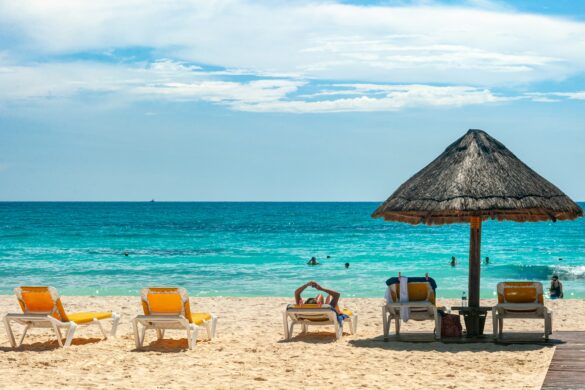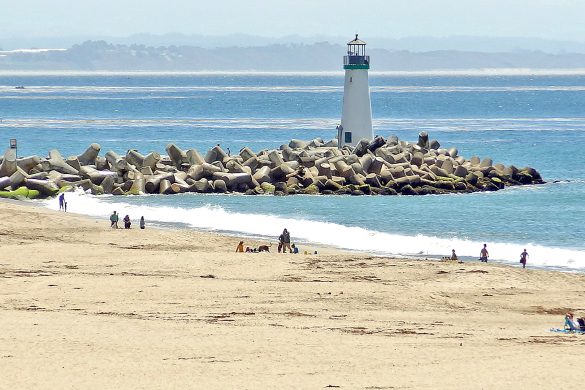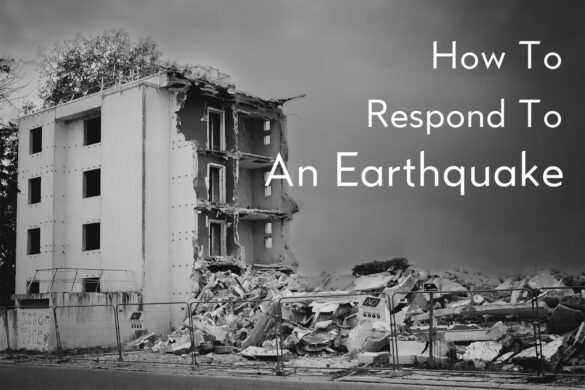
Japanese treehouse creator Takashi Kobayashi has constructed 120 treehouses over the last 20 years, with the aim to blur the boundaries between man and nature. In his view, a charming treehouse makes you “want to go up and see the world anew”.
Kobayashi’s hometown is Izu, a hot-spring city three hours away from Tokyo. “I worked at a TV station after graduation. The crowded streets of Tokyo caused me great stress. I missed the mountains and seas in my hometown.” That was where his interest in nature began.
After his encounter with Peter Nelson, an American master treehouse builder, in 1994, Kobayashi decided to learn architecture by himself and build treehouses in Japan. He formed the Japan Treehouse Network organization and Treehouse Creation LLC in 2000 and 2005 respectively.
Kobayashi’s philosophy is to minimize the damage to trees. Their growth status and trends are taken into account as early as in the design stage, every branch is cared for during construction, and a series of construction methods have been developed to ensure the normal growth of the trees.
Treehouses are popular with tourism organizations. A resort hotel in Atami, another hot-spring city near Tokyo, approached Kobayashi for a custom treehouse. Touched by the natural conditions there during field survey, he designed Japan’s largest treehouse Kusukusu with another architect.



Built in a 300-year-old camphor tree, Kusukusu is independent of the trunk. The design team located the trunk and all the branches with 3D laser scanning, and devised a metal frame that cleverly dodges the trunk while supporting the treehouse.



The team has also built supporting facilities around the treehouse for tourists and children to play. At the top of the treehouse is a comfortable tea room with a spacious terrace. It allows people to return to and feel nature, a lifestyle advocated by the team.


Kobayashi is willing to make treehouses for nonprofit organizations or people with dreams rather than for commercial projects. For instance, he built treehouses for children who lost their families in the 2011 tsunami for consolation. He believes that treehouses can be heartwarming in addition to blurring the boundaries between man and nature.



















